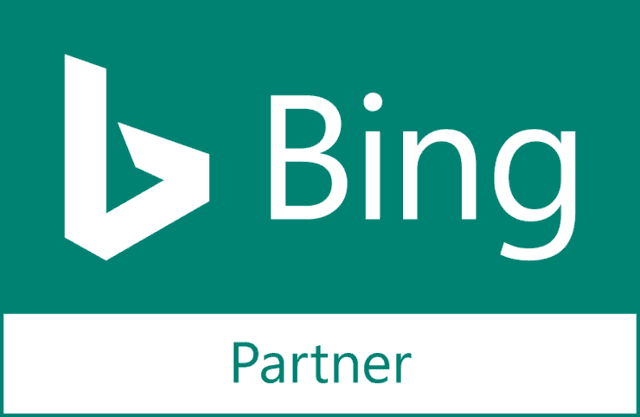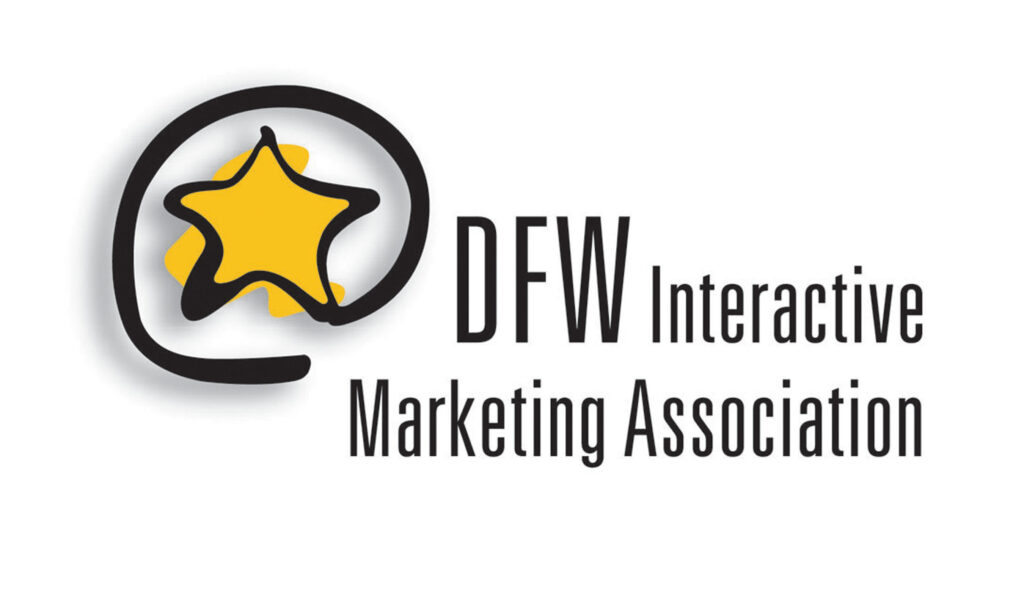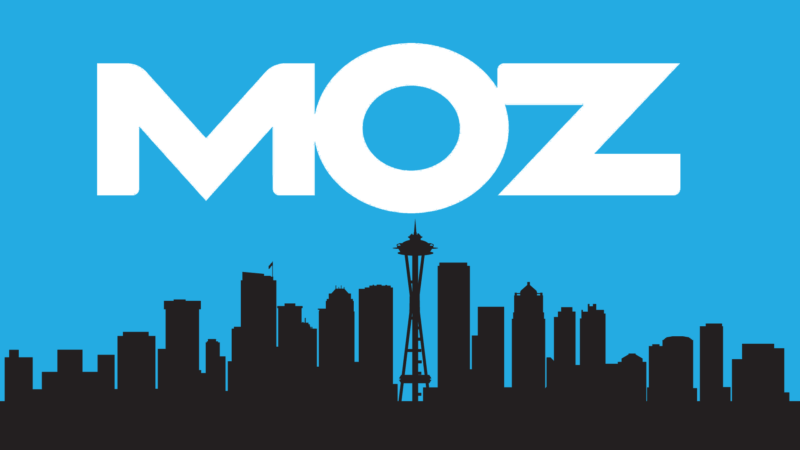Article first apperared on Search Engine Journal: https://www.searchenginejournal.com/optimize-website-tiny-niche/345846/#close
A consistent complaint I hear from SEO professionals, both veterans and those new to the industry, is that link building is hard. Yes. Link building is hard. Link building is hard, but it’s not impossible. Link building seems difficult because, on the surface, it’s hard to know exactly where to start.
It’s About People, Not Robots
Link building is not a technical discipline – mostly. If you are looking for automated link building systems, you are going to either fail – or worse get your site in trouble. This notion goes against the personalities of most of those who do SEO. Most folks get into search because they have a technical bent. Far more programmers enter the SEO field than PR folks.
It’s hard to believe, but there is not a technical solution to every search engine marketing problem. Sure, there are tools that can make your process easier, or automate redundant tasks. But for the most part, link building is about relationships, not robots.
Quality Over Quantity
We’ve all gotten the email. For x amount of dollars, someone who got your name off of a spam list will build you thousands of links. In almost every case, taking these vigilante spammers up on their offer is a really bad idea. In some cases, these types of links can get you a penalty – but these days, they are more likely just to be ignored. Even if Google doesn’t disregard these links, in aggregate they aren’t worth very much. I’d rather have 1 link from the Wall Street Journal than 10,000 links from Joe Shmoe’s blog. If you utilize the following framework to build links, the chance that you’ll ever build thousands of links is slim. But that’s OK.
Good Content Makes Good Links
Good link building starts with content. You must have linkable assets in order to build links. But to build those linkable assets, you must first know the topics you want the links to be relevant for. This is where your keyword and topic research comes in.
We don’t have space in this column to get into the nitty-gritty of topic and keyword research – but make no mistake, this work must be done before your link building can begin. Once you understand your topic and have created your linkable assets (also known as content), it’s time to start building links.
Time Blocking & Link Campaigns
Ongoing link building is a chore. By breaking your link building into campaigns, you can breathe new life into a tired effort. Creating campaigns and “time-blocking” them, or creating an artificial time limit on how long you will work on them is a great way to keep things fresh – and also add a sense of urgency to the link building process.
When you practice time blocking, you also can assess the progress of each campaign a little easier. And of course, if a campaign goes well, you can always revisit it in the future – hopefully, with some additional information, you didn’t have the first time you ran the campaign.
The List
Once you have your content and campaign idea in place, the next step is to create your outreach list.
How to Create Your Outreach List
Every campaign should have its own unique outreach list. But that doesn’t mean you can’t pull influencers and contacts from one campaign into another.
In fact, the more campaigns you do, the better your list should be. If you practice optimal outreach, you know your best contacts and have worked to create a relationship with them. Most people use email to do their outreach. Email still works, but not as well as it could. In fact, the response to link building e-mails is abysmal thanks to the spammers that have made link building twice as hard as it should be. Lazy spammers that can render even the best pitch useless.
In almost all cases, the phone gets a better response than an email. An in-person meeting, when possible, has a significantly higher probability of garnering a link than the phone. I don’t think Google considers it against the terms of service if you buy a beer for someone you want to link to your relevant content – but I could be wrong on that.
How Do You Build Your List?
This is one of the most common questions I get from those that are new to our link building process. There is no cookie-cutter formula for building a good list.
- I like to start by looking at the SERPs around the topic the campaign is targeting.
- I look for patterns and people who are writing about it.
- I take those names down and try to find them on Twitter and LinkedIn.
- I check Reddit and see who’s talking about the topic at hand.
- I then do independent searches on Twitter, Facebook, LinkedIn, Instagram, and Pinterest.
But once I have a name, I must evaluate the potential contact’s reach and web presence. Do they have a place where they can provide a link to my content?
This means that my lists are typically not very large. It takes too much time to find the quality of contacts I’m looking for to create a list of hundreds of link possibilities for me to create a large list. But remember, quality trumps quantity in every case.
The Pitch
You have to get the pitch right for the campaign to succeed. One of the biggest mistakes I see is when people use the same pitch for every link prospect. If you are going to spend the time to create a quality list – spend the time to tailor quality pitch for each prospect. The goal, beyond getting the link, is to create a relationship with the link prospect. You never know when they might be able to provide a link in a future campaign, even if they don’t give you one in your current campaign.
There is no “right way” to pitch. But there are plenty of wrong ways to pitch. The most common “wrong way” is to create a bulk email for every link prospect. If you’ve taken the time to make quality linkable assets as well as a quality prospect list, take the time to tailor a pitch to each prospect.
Start by creating a list of “talking points” that could go into the pitch. Then choose the talking points that apply to the individual prospect you are pitching. This requires knowing who each prospect is – and hopefully what they are interested in. This requires time. As I said, you aren’t going to get thousands of links from this approach. But you don’t need thousands of links to be successful.
The Follow-Through
We talked about time blocking each campaign. But there is an exception to time blocking. That’s in the follow-through. In any outreach, it typically takes more than one touch to experience success. You have to keep reaching out until you get a “no”. I am a fan of pushing for the no after the initial pitch and honoring it. For example, if you can’t get a prospect to return your calls, hit them with an email – or even a letter. If you want to really get their attention – try a certified letter.
If they want you to stop, all they have to do is tell you no. But when you ask for the no – clarify whether it’s a no for just this campaign, or for any future outreach. And make sure you honor the request. This is where you have to use some judgment. You don’t want to burn a great contact with too much follow-through. But you do want to either get a link or get to a no. So it’s a balancing act.
The Roadmap
Typically, we like to have at least 6 months’ worth of link building campaigns mapped out. That doesn’t mean we have the lists and content for six months – it just means we know where we are going next. If you have people that are great at specific parts of the process – either the content or the list-making, they can work in advance on the next campaign. Those that are pitching can only pitch the current campaign.
Also: it’s OK to pivot your plans if need be. I’m a huge fan of topical link building campaigns, where we create a campaign around a hot trend or current event. You can’t know what the hot trend or current even will be in six months. But you can either suspend a campaign or run two campaigns simultaneously in order to get a topical campaign started. You can also push your evergreen campaigns back if you need to slip a topical campaign into the mix. It’s important to plan, but it’s more important to plan to be flexible.






